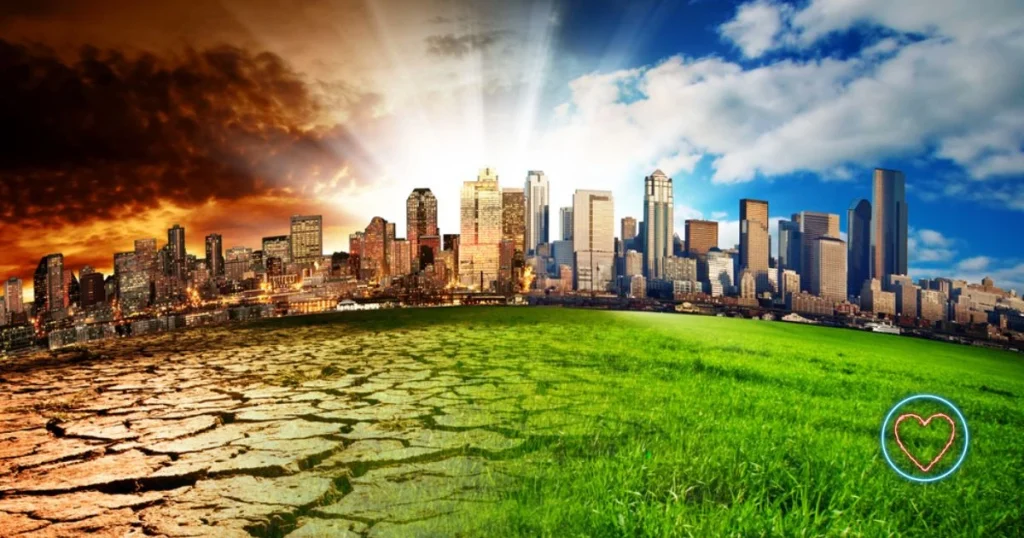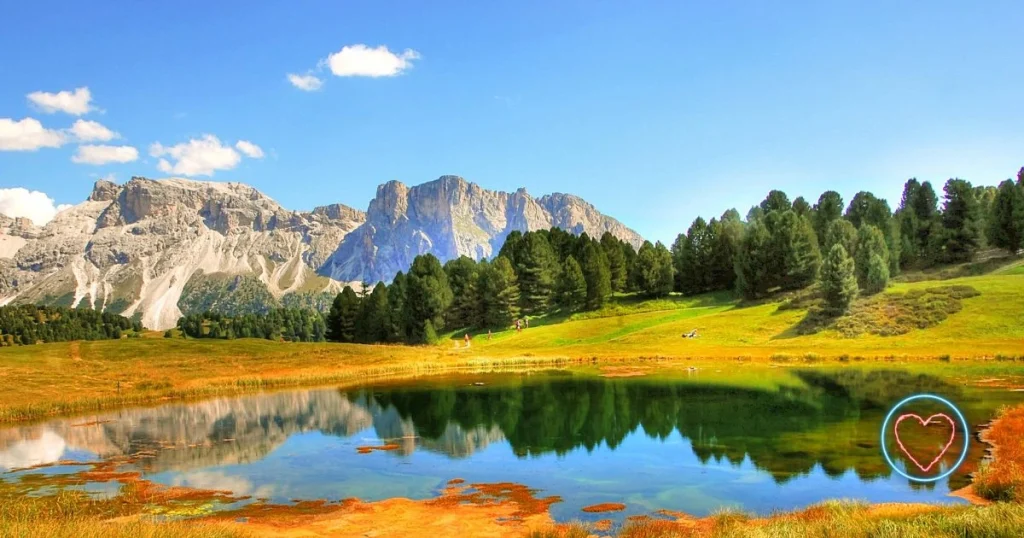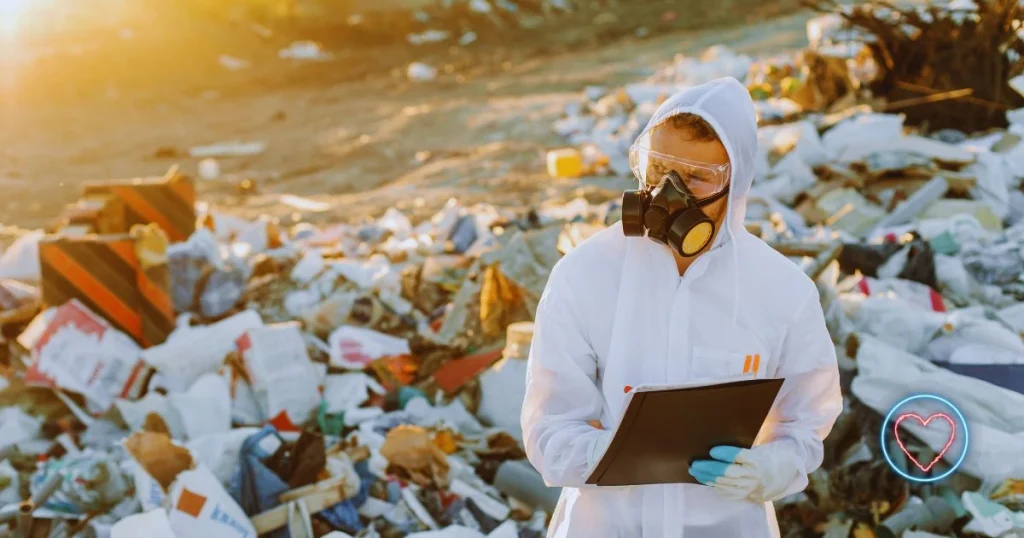Climate change is no longer a distant threat—it is the defining issue of our era. From record-breaking heatwaves and catastrophic wildfires to rising sea levels and erratic weather patterns, the signs are impossible to ignore. While the science has been clear for decades, the urgency of action has never been greater than it is today.
This article delves deep into what climate change is, what causes it, its current and projected impacts, and most importantly, the global response and what individuals can do to mitigate its effects.
Understanding Climate Change
At its core, climate change refers to long-term shifts in temperatures and weather patterns. While natural processes like volcanic eruptions and variations in the Earth’s orbit contribute to these shifts, the overwhelming scientific consensus is that human activity—particularly the burning of fossil fuels—is the primary driver of the rapid climate changes we’re witnessing today.
When fossil fuels such as coal, oil, and natural gas are burned, they release carbon dioxide (CO₂) and other greenhouse gases (GHGs) into the atmosphere. These gases trap heat, much like the glass walls of a greenhouse, causing the Earth’s surface temperature to rise.
The Evidence is Overwhelming
Numerous scientific bodies, including NASA, NOAA, and the IPCC (Intergovernmental Panel on Climate Change), have amassed a mountain of evidence confirming the reality of anthropogenic (human-caused) climate change. Some of the most compelling indicators include:
- Global Temperature Rise: The Earth’s average surface temperature has risen by about 2.12°F (1.18°C) since the late 19th century.
- Warming Oceans: The oceans have absorbed much of this increased heat, with the top 100 meters of ocean showing warming of more than 0.6°F since 1969.
- Shrinking Ice Sheets: Greenland and Antarctica have lost vast amounts of ice. Data from NASA’s Gravity Recovery and Climate Experiment show Greenland lost an average of 279 billion tons of ice per year between 1993 and 2019.
- Sea Level Rise: Global sea levels rose about 8 inches in the last century, with the rate nearly doubling in the last two decades.
These are not abstract numbers—they reflect changes that impact lives, economies, and ecosystems around the globe.
Current and Emerging Impacts
Climate change is already reshaping our world. The consequences are multifaceted and interconnected:
1. Extreme Weather Events
From hurricanes in the Gulf of Mexico to wildfires in California and Australia, climate change is intensifying weather extremes. Warmer temperatures mean more energy in the atmosphere, which fuels stronger storms and prolonged droughts.
2. Health Implications
Higher temperatures increase the prevalence of heat-related illnesses, respiratory problems due to poor air quality, and the spread of vector-borne diseases like malaria and dengue.
3. Economic Disruptions
Climate-related disasters cost the global economy billions annually. Agriculture, fisheries, and tourism are particularly vulnerable. For instance, erratic rainfall patterns and prolonged droughts threaten food security in many regions.
4. Climate Refugees
As rising sea levels and extreme weather make certain areas uninhabitable, more people are being forced to migrate. The World Bank estimates that by 2050, climate change could displace over 200 million people globally.
5. Biodiversity Loss
Many species are struggling to adapt to rapidly changing climates. Coral reefs, in particular, are suffering due to ocean acidification and warming, with vast stretches of the Great Barrier Reef already bleached and dying.
The Global Response
Recognizing the grave threat posed by climate change, nations have begun to mobilize. Though the pace and scale of action remain inconsistent, key efforts include:
1. The Paris Agreement
Adopted in 2015, the Paris Agreement marked a watershed moment in global climate diplomacy. It commits nations to limit global warming to well below 2°C above pre-industrial levels, ideally to 1.5°C.
2. Net-Zero Pledges
Countries like the U.S., China, the U.K., and many in the EU have pledged to achieve net-zero carbon emissions by mid-century. While ambitious, these goals must be backed by concrete action.
3. Green Energy Transition
There’s a growing shift toward renewable energy sources like solar, wind, and hydropower. These technologies are becoming more affordable and widespread, offering a viable alternative to fossil fuels.
4. Climate Financing
Developed nations have promised financial support to developing countries to help them adapt to climate change and invest in green technologies. However, many commitments remain underfunded or delayed.
Challenges to Action
Despite growing awareness and pledges, several barriers hinder effective climate action:
1. Political Will
In many nations, short-term political agendas often trump long-term climate planning. Policymakers may be reluctant to adopt bold measures for fear of economic backlash or political fallout.
2. Economic Dependence on Fossil Fuels
Some economies, particularly those reliant on oil and coal exports, resist climate policies that threaten their financial stability.
3. Disinformation
Fossil fuel interests have historically funded campaigns to sow doubt about climate science, muddying public understanding and delaying policy action.
4. Global Inequity
Climate change affects poorer nations—who contribute the least to global emissions—the hardest. Yet, they often lack the resources to adapt or transition to cleaner energy sources.
What Can Individuals Do?
While systemic change is essential, individual actions still play a critical role. Here are some meaningful ways to contribute:
1. Reduce Carbon Footprint
Opt for energy-efficient appliances, reduce car travel, and switch to renewable energy providers where possible.
2. Eat Sustainably
Animal agriculture is a major contributor to GHGs. Reducing meat and dairy consumption can significantly lower one’s environmental impact.
3. Support Eco-Friendly Businesses
Choose companies with sustainable practices, and push for corporate accountability through consumer pressure.
4. Vote for the Climate
Support leaders and policies that prioritize climate action. Grassroots movements and public pressure are powerful tools for change.
5. Educate and Advocate
Spread awareness about the realities of climate change. Encourage your community, workplace, and schools to adopt green practices.
Innovations Offering Hope
Despite the grim statistics, there’s reason for hope. Innovation and human ingenuity offer powerful tools in the fight against climate change:
- Carbon Capture and Storage (CCS): New technologies aim to capture CO₂ emissions from industrial sources and store them underground.
- Geoengineering: Though controversial, methods like solar radiation management are being explored to temporarily cool the Earth’s climate.
- Regenerative Agriculture: Farming methods that restore soil health can sequester carbon and enhance resilience to droughts.
- Smart Grids and Energy Storage: Modernizing power grids and improving battery technology will help integrate renewables more efficiently.
The Road Ahead
The climate crisis is daunting, but it’s not insurmountable. We are at a pivotal moment in history—our actions in the next decade will determine the planet’s trajectory for generations. Every degree of warming we prevent matters. Every ton of CO₂ avoided makes a difference.
Climate change is more than an environmental issue—it’s an economic, social, and moral one. By reimagining how we produce energy, move around, grow food, and relate to the planet, we can create a future that is not only livable but also equitable and thriving.
Conclusion
Climate change is the defining challenge of our time, but it also presents an unprecedented opportunity. An opportunity to build more resilient communities, invest in green jobs, and rethink systems that have long prioritized profit over planet. The future is still ours to shape. The question is: will we rise to the occasion?


